Famous artists in the early 20th century took in his use of series of paintings as an idea for their own work. The Haystacks, Water Lilies and Rouen Cathedral series inspired the likes of Kazimir Malevich, Henri Matisse, Robert Delaunay and Piet Mondrian. The Abstract Expressionists (Pollock, Rothko, Basquiat & de Kooning) would then be attracted to Monet's early development of the principles of expression and abstraction art, such as with Impression Sunrise. Whilst their own work was significantly further along the path of abstraction, his contribution was recognised and respected.
Monet's use of series was to document light and other seasonal changes in the French countryside over the course of his life. Before the developments of professional photography it was insightful work from the likes of Monet which helped people understand more about the balance between weather, climate and nature. Monet's bold colours would cut across endless artistic movements, offering inspiration for the possibilities of light and nature across the French landscape. Van Gogh's career would go to a whole new level after he swapped the dark Dutch scenes of Potato Eaters for the landscape scenes found in Southern France, such as Wheatfield with Cypresses.
Claude Monet would make such a landscape as accessible as possible for his work by later constructing an entire scene within his own background, famously in Giverny. This Claude Monet paintings section summarises his most famous work before also offering many other significant works from his career for your enjoyment. Each one is accompanied by relevant information specific to that artwork including the history behind its inception.
See all Claude Monet artworks
The Oil Painting Techniques, Materials and Themes of Claude Monet
During the 19th century, Claude Monet pioneered a particular style of oil painting known as 'en plein air', along with other Impressionist painters. Using this style, he creates some fantastically dreamlike works of oil and canvas.
This article explains all about Monet's en plein air technique, as well as detailing the materials that he used to achieve his timeless paintings and the key themes that he explored in oils.
The en plein air style of painting: the hallmark of the Impressionists
The French phrase 'en plein air' simply means 'in the open air'. So, it is clear that this style of painting involves painting the entire oil painting in situ, out in the open air, rather than working in the studio and painting using sculptures or prior sketches. The en plein air style was not used exclusively by the Impressionists - in fact, it was first developed by Realist painters at the start of the 19th century - however, it was very much a hallmark of French impressionist style. En plein air enabled a more immediate communion of the painter with the landscape and thus facilitated the imaginative display that is the essence of Impressionism. Impressionist paintings aim to give the viewer a sense of the artist's flowing, immediate impressions of a landscape or a figure, and painting en plein air ensured that Monet and the other Impressionists could capture these impressions straight away before they cooled and faded with time.
The challenges of painting en plein air and the Impressionists' use of the box easel
One of the key challenges of painting out in the open air was the fact that all of the artists' materials had to be transported somehow to the painting site. For this purpose, the Impressionists pioneered the use of a type of easel known as the box easel. As the name box easel indicates, this was an easel that doubled up as a box for carrying paints and brushes. When folded up, the box easel was rather like a wooden briefcase that could be carried in the hand. However, it then unfolded into a traditional easel. Another invention that really helped the Impressionists was the use of paint in sealable tubes. In the past, artists had made their own colours for oil painting by mixing dry pigments with linseed oil or a similar emulsion. This was pretty much impossible to do when painting en plein air, even if the weather conditions were favourable. So, the Impressionists were delighted by the invention of screwtop tubes of paint: they could still mix the oil paint on a palette once they reached the site that they were painting at. A very important figure in this regard was John Rand. Rand was a painter from the US, and in 1841 he used tin to manufacture the first paint tube. This tube was collapsible, and it contained colours that had been pre mixed, but which were able to be blended with each other as the painter desired. Rand's invention was a driving factor in the development and the popularity of en plein air painting - he very much facilitated this painting style. In addition, the start of the 19th century was a time when many new colours of paint started to become available, and artists eagerly rushed to use them. For example, in 1802 the colour Cobalt Blue was released and this was followed by hues such as Chromium Green Oxide (1809) and Cadmium Yellow (1817), to name but a handful of the first new releases of the century. Many of these (then) newly released colours can be seen later on in the nineteenth century in Monet's paintings - often blended together to give a vivid and dynamic effect.
The importance of natural light: the Impressionists and the Barbizon school
Why did Monet and the Impressionists love painting out in the open so much? One key reason is that it meant that they could use natural light. In order to understand Monet's interest in the virtues of natural light, it is helpful to look further back to the Barbizon School. Claude Monet lived 1840-1926 and the Barbizon school just overlapped with the start of his career as this artistic movement was active from around 1830 to 1870. The Barbizon school was a realist school of painting in Europe - though an American Barbizon school also developed across the ocean. This school takes its name from a village in France which was called Barbizon, and in these rural environs numerous predominantly French painters met to develop their technique. These painters included Daubigny, Millet, Rousseau, Harpignies, Ziem, and Charpin though there were others. The Barbizon school were clearly inspired by their rural surroundings so much that they started to paint out in the open air to take as much advantage as possible of the natural light. The Barbizon painters aimed to created realistic works of art that would provide a contrast to the prevalent Romanticism of the nineteenth century art world. Though the often very matter of fact and clear cut form of the Barbizon school's paintings may seem a big contrast, too, to Monet's loose impressionist art works, there are several key similarities between Monet and the Barbizon school. As well as their appreciation of natural light, for example, both loved to use vivid colours and to apply the paint loosely onto the canvas. This has already provided an idea of Claude Monet's style of oil painting, but the next section will go into more depth on the matter.
Claude Monet's Impressionist style
A lack of dull rigidity without compromising on form is one of the hallmarks of Monet's painting style. In addition, he loved to represent light and colour in imaginative and even oneiric ways. Monet's oil paintings often take the form of sequences of works, and here we can see the advantages of the en plein air style. For example, when Monet paints the same bridge over and over again using different tones, colours, and ways of applying the paint to the canvas the viewer gets a sense of the artist's different impressions of that bridge at different times. Because he was painting en plein air, it is also possible to infer how the different atmosphere and quality of light on different days and at different times of day helps to differently shape his impressions of a single object. One famous series, for example, is Monet's Waterlillies series - in fact these oil paintings are so iconic that they have become synonymous with Monet's name throughout the world. He painted several objects as part of a series, in order to establish how different light patterns and atmospheres would impact differently on his impressions of it as he painted en plein air. The objects that he painted in this serial fashion were very diverse, and ranged from haystacks to bridges to poplar trees. One of his most famous series, aside from the Waterlillies, is that of Rouen Cathedral. Monet painted no less than 26 views of this cathedral: in some of them, the cathedral looks dark and almost terrifyingly forbidding, whilst in others the softer sandy tones enable us to almost feel the texture of the stone itself. Whilst many of the objects that Monet painted in this way were very solid structures - like bridges and a cathedral - the fact that he paints numerous different views of these objects lends each object a certain fluidity and perhaps calls into question its solidity and permanence even as (by contrast) Monet also affirms the ability of the same object to endure throughout the changing days.
Building up the paint on the canvas
En plein air painting did not take the form of a rigid rule that stated that the artists had to start and finish the whole painting in the same spot out in the open air. In fact, Monet would very often begin and substantially complete an oil painting en plein air, and then he would return with it to his studio where he would put the finishing touches to the canvas at more leisure. As his career progressed, Monet began to increasingly work with layers of paint, creating an art work made up of layers applied in situ in the open air, and then using small deft brush strokes to build up even more layers on the canvas in his studio. Using a broad brush with a filbert tip, Monet would make big 'impasto' strokes which would capture the location and quality of the light rather than the fine details. He would then add in fine details to the painting on top of these impasto strokes using smaller brush strokes. Film recordings of Monet painting show that he would also apply the colours straight from the tube to the canvas without mixing them beforehand on a palette. He created 'mixes' and different tones of colours, instead, by applying colours one on top of the other or by carefully painting contrasting or complementary colours side by side in order to emphasise certain aspects of their character. Applying paint in this direct and unblended way enabled Monet to maximise the vivid look of his paintings. Sometimes, he applied wet paint onto wet paint, and at other times, he applied wet paint onto dried paint - and each technique brought forth different effects and allowed him to capture the effects of light in different ways. Thus, it can be seen that a seemingly small and simple invention - the invention of paint in pre-mixed viscous form in portable tubes to replace the array of pigments and oils that artists used to use - helped to facilitate a revolution in oil painting style.
Exploring the paintings of Claude Monet
To summarise: Claude Monet was an Impressionist artist who was adept at working with the medium of oil on canvas. Taking advantage of the relatively recent inventions of the box easel and paint in tubes, Monet was able to paint out in the open air - or en plein air as it was called. In so doing, he followed in the footsteps of a French realist school of painting that was known as the Barbizon school. Monet used the en plein air style to paint both single one off oil paintings and whole series of paintings of the same object. In his series, he shows how differences in light, season, and time of day can totally alter the impressions that we have of the same object. Using a mix of impasto strokes and smaller strokes on top with his brush, Monet built up his paintings layer by layer, often finishing in his studio what he had started en plein air. He disdained to mix the paints in a palette before applying them to the canvas - instead, he applied them straight from the tube so as not to compromise on the vividity of the paint hues (many of which, such as Cadmium Yellow and Paris Green, had only been developed and released in the nineteenth century). Impressionism remains a popular art form today, with many modern impressionists painting in oils. There is no doubt that they owe a great debt to Claude Monet, and his unique style of oil painting, which has been explored in this article.
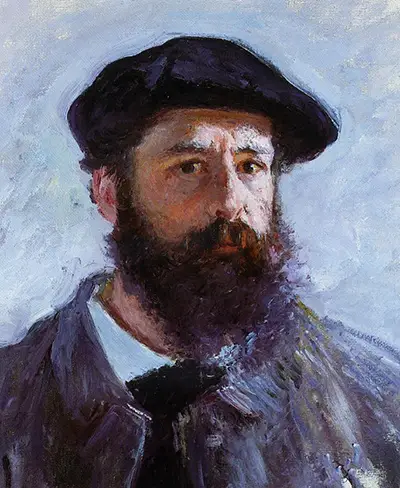
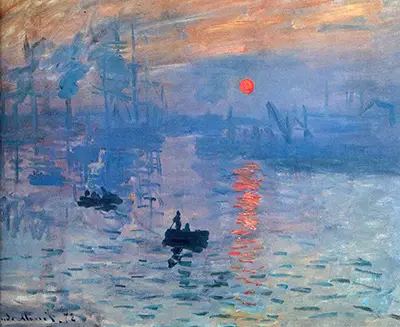
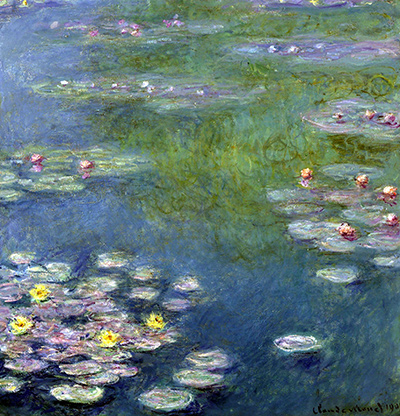
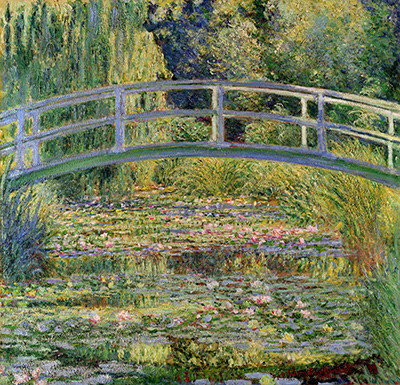

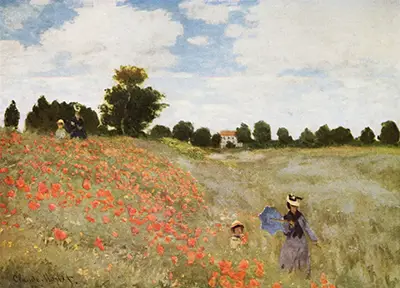
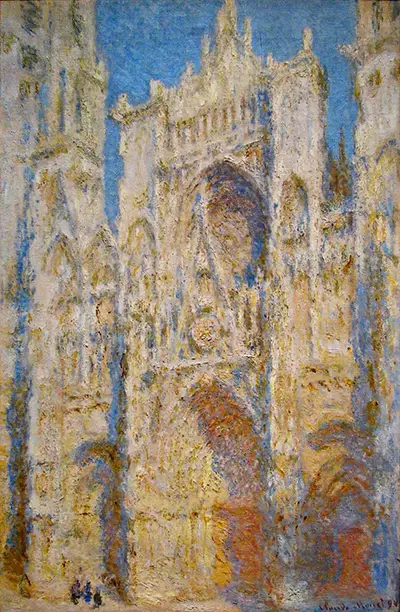
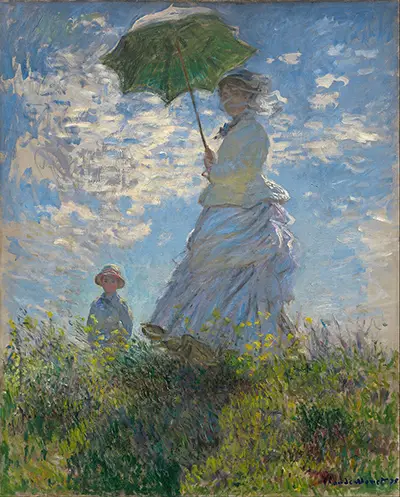
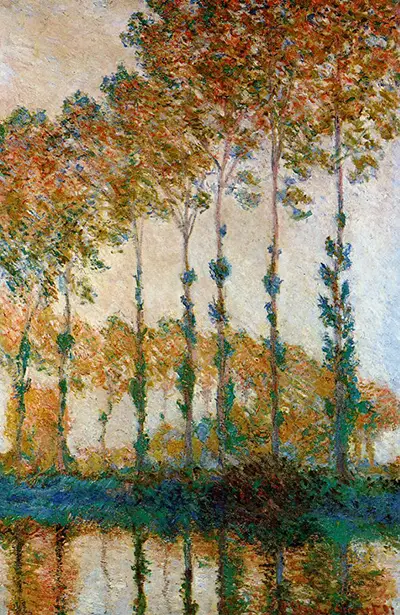
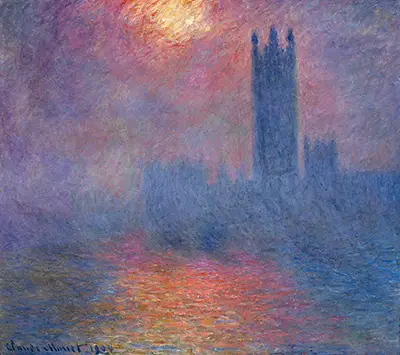
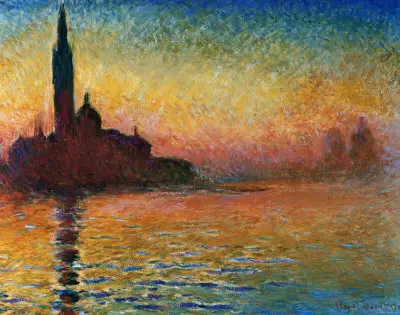
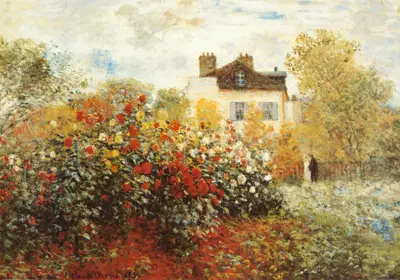

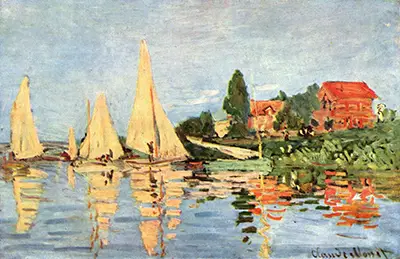
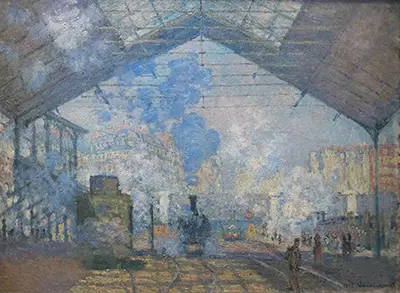
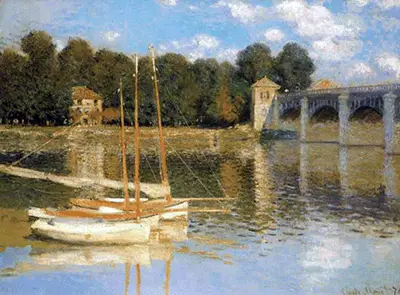
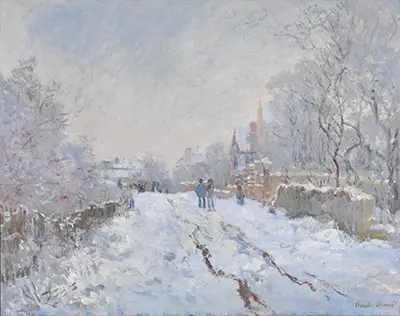
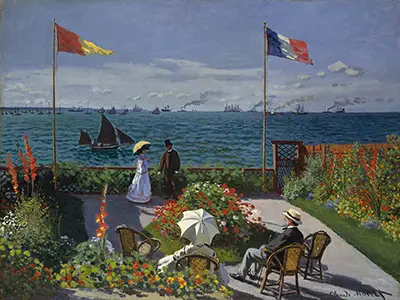
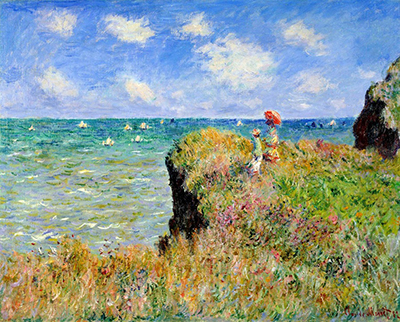
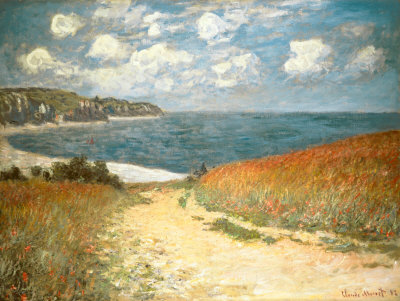


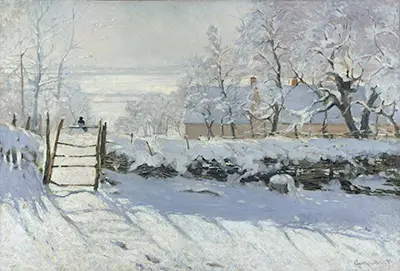
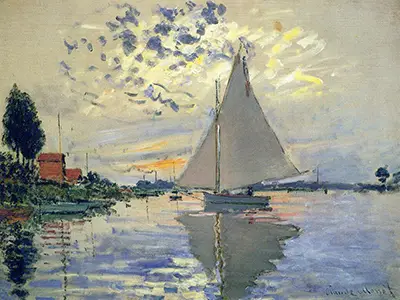
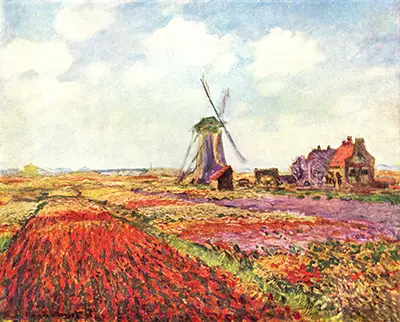

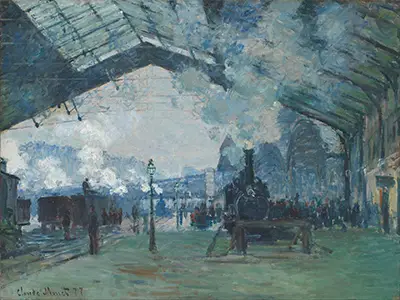

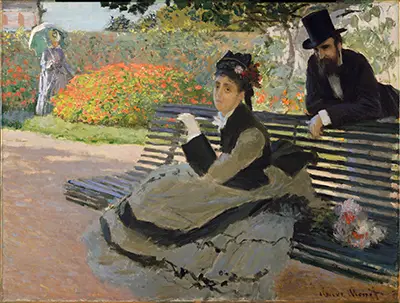
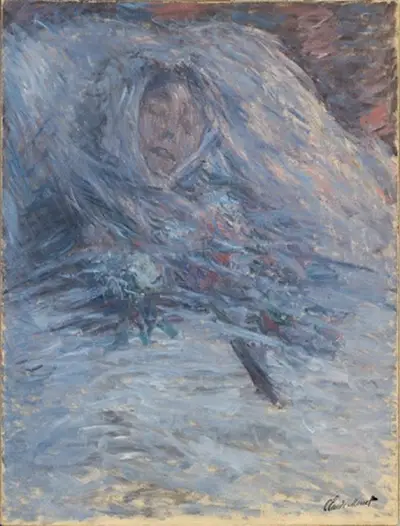
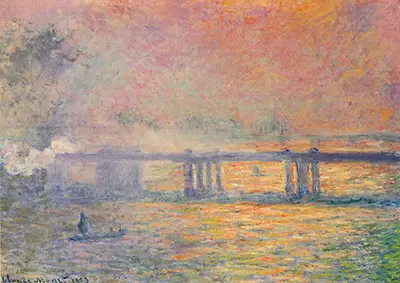
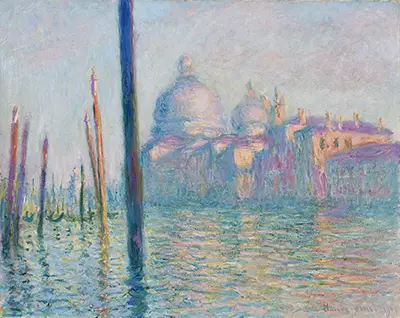
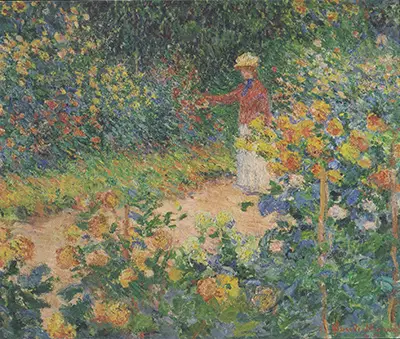

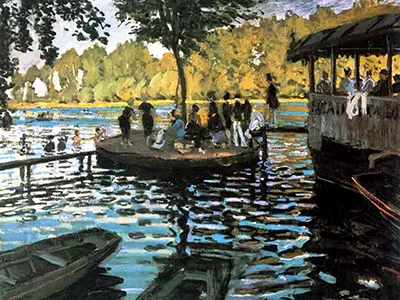
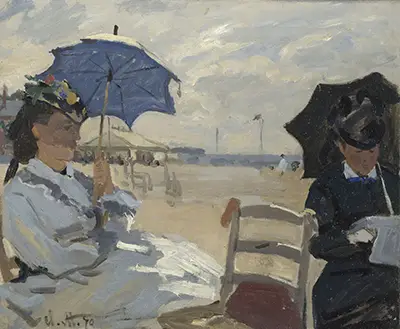
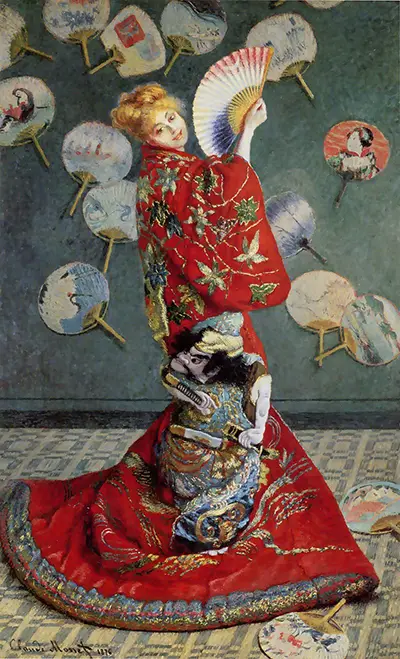
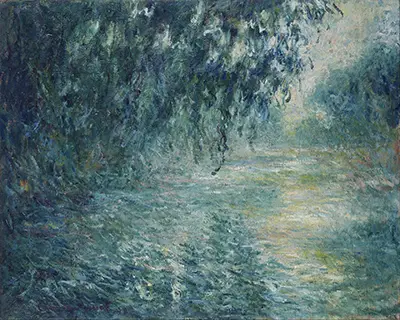
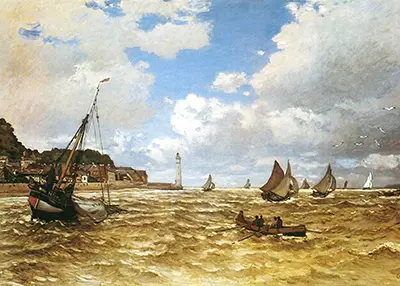
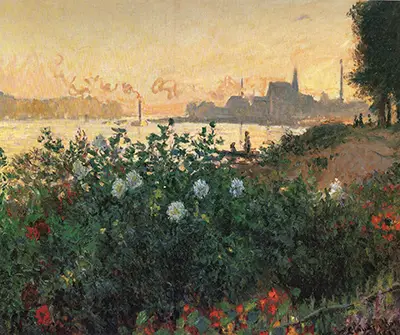

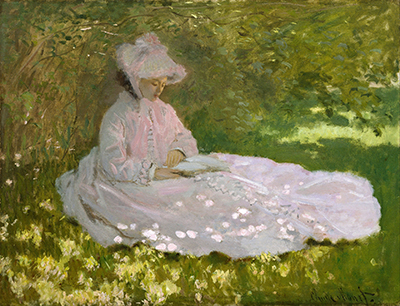


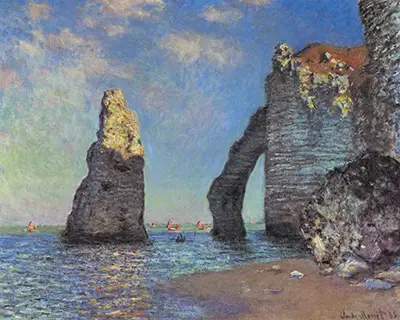

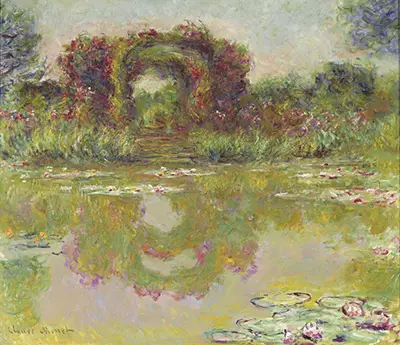
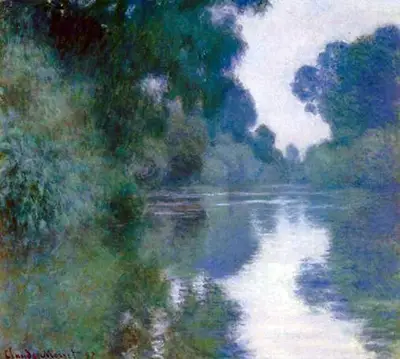

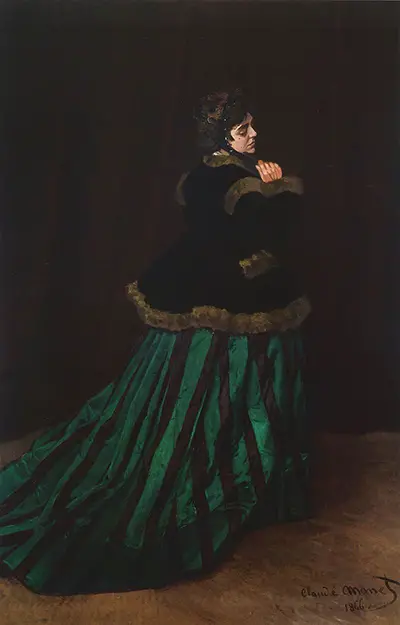
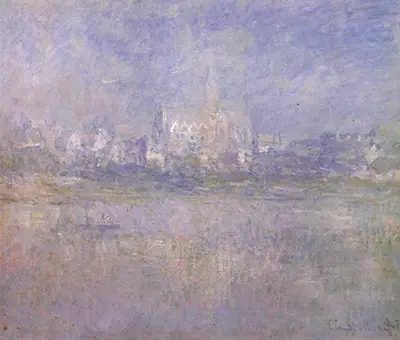
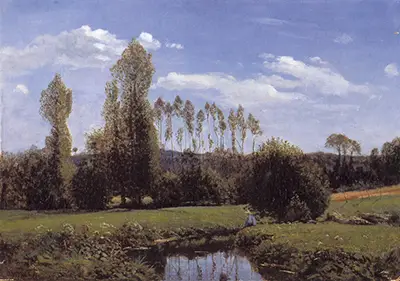


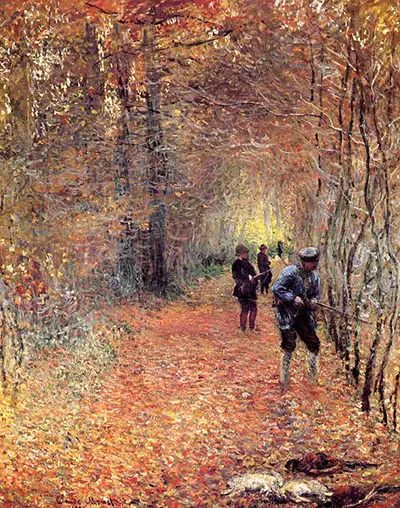
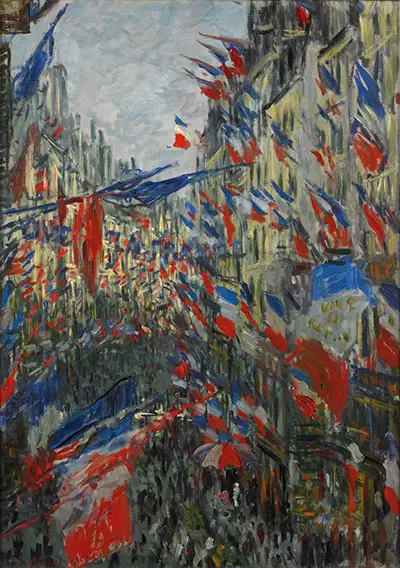
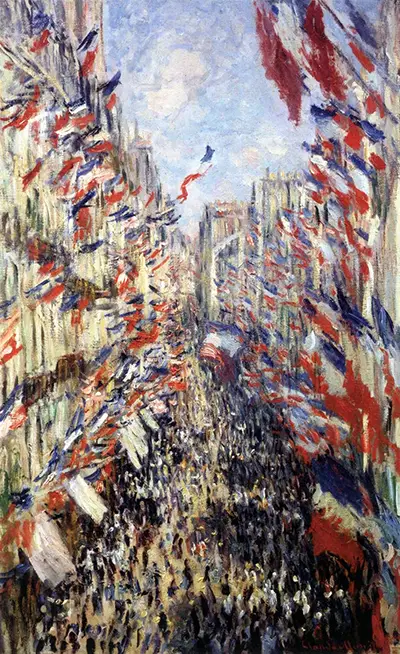

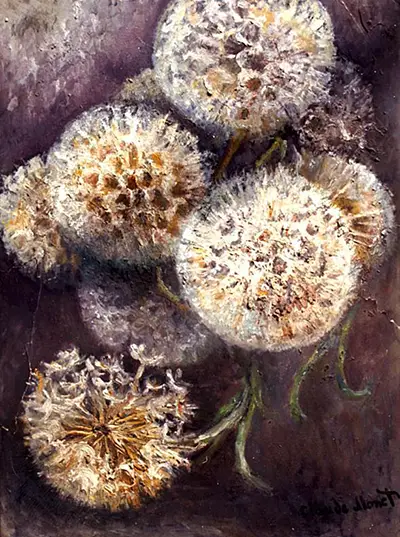
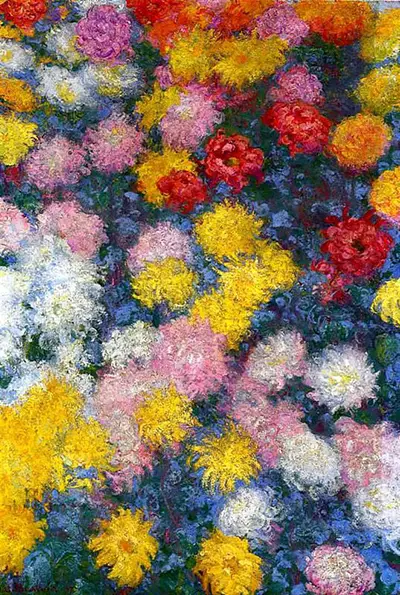
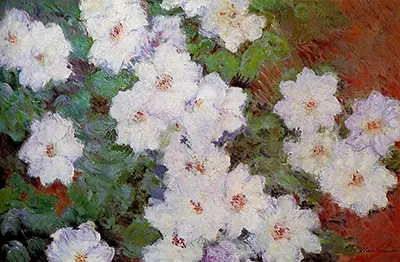
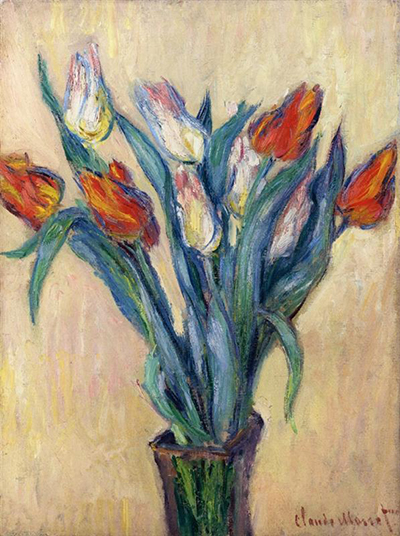
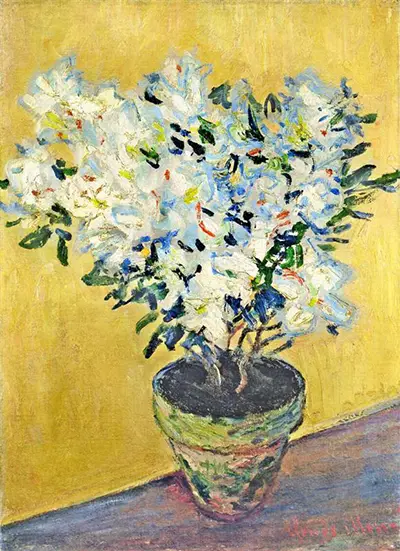
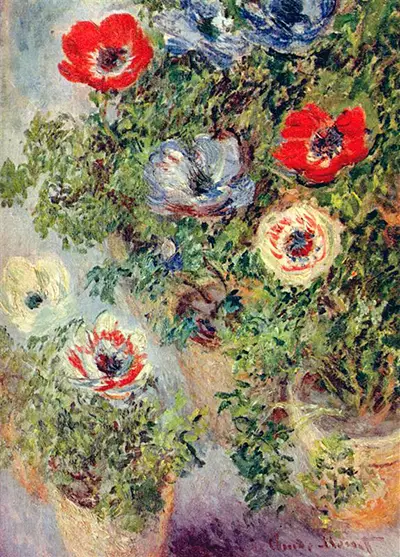
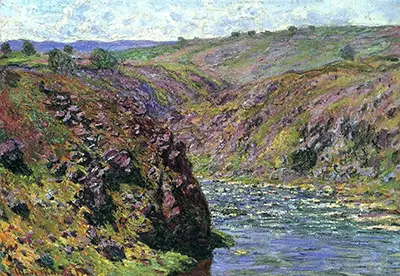
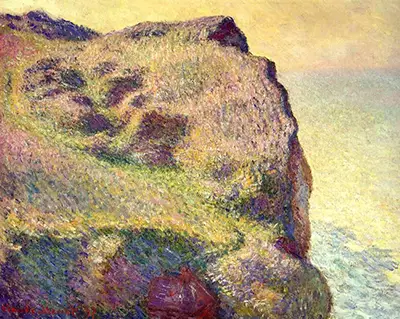
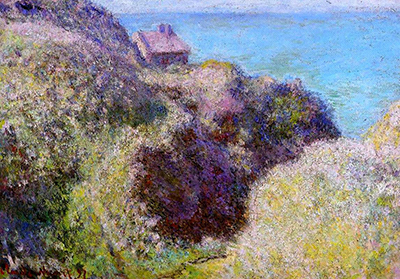
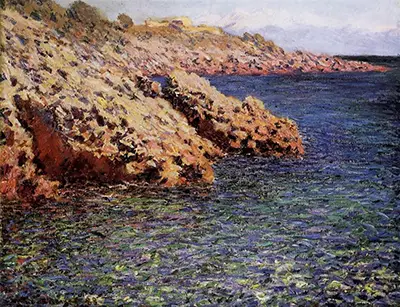
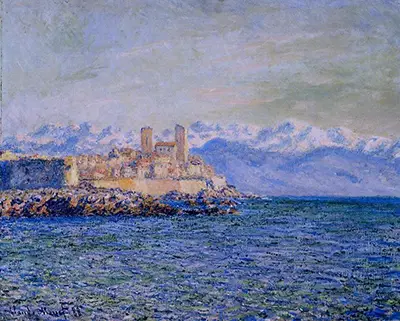

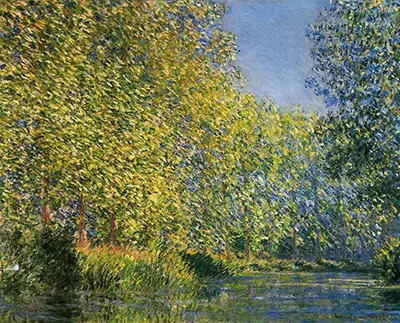
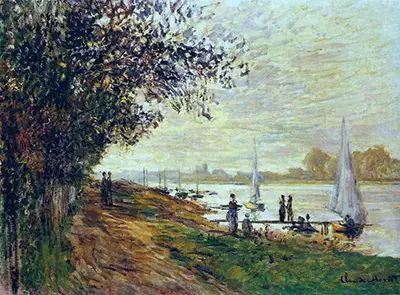
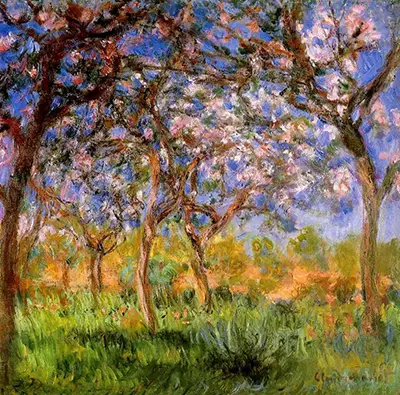

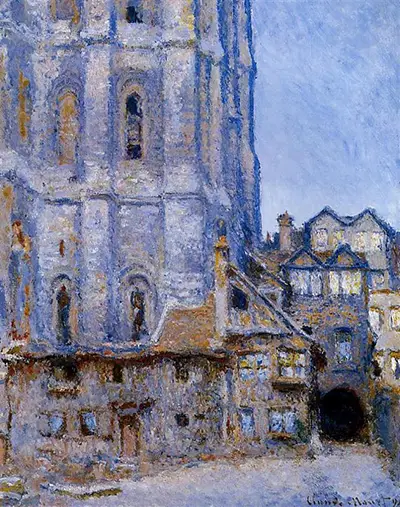
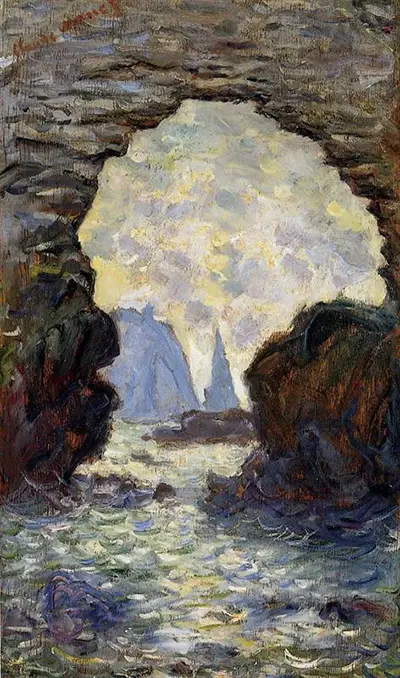
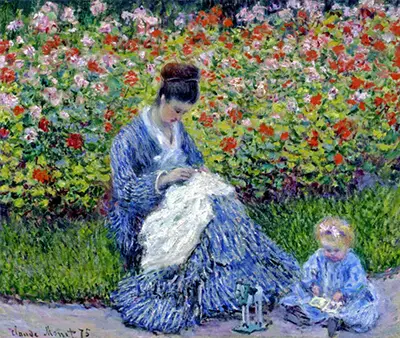
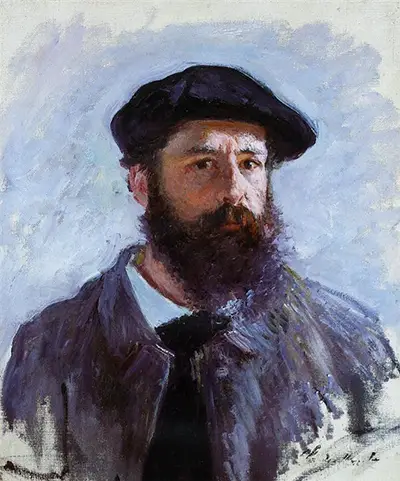
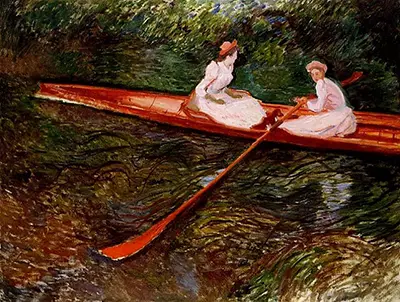
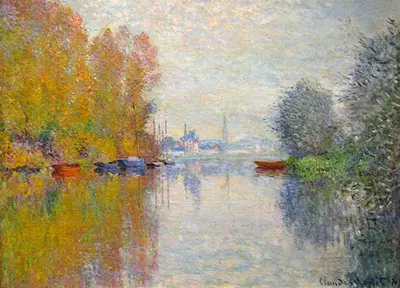
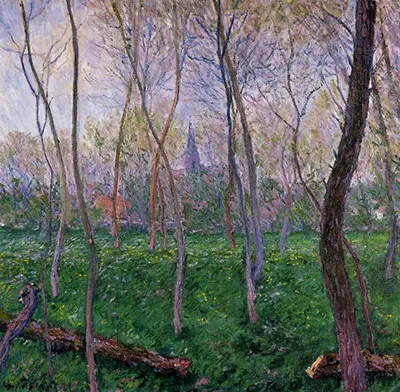

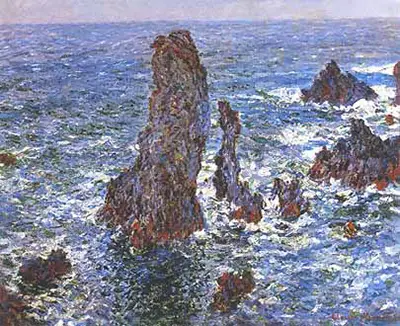
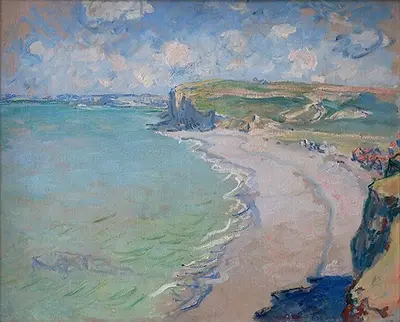
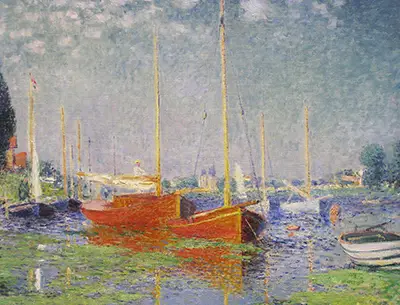
 Claude Monet.jpg)

